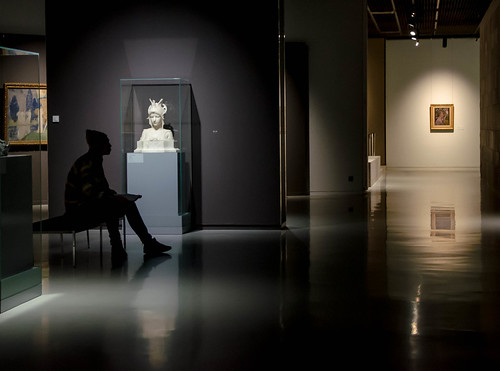
I’ve been busy interviewing people who work for nonprofits for my next book, The Happy Healthy Nonprofit: Strategies for Impact without Burnout, with Aliza Sherman. The book looks at how individuals can avoid burnout through self-care and how nonprofits can support it – through activities that promote well-being, cultural cues, or an overall strategy.
Activities are designed to support organizational wellness for greater productivity and morale boosts. Activities are typically group undertakings in the form of programs that help nonprofit staff acquire self-care habits and practices that address well-being, not just physical health. Activities can be introduced into every aspect of the organization – from the C-suite to teams to departments and across departments as well as at all-staff meetings and events. When identifying and designing activities for the workplace, it is important to understand:
- “What’s in it for me” or the value proposition for staff
- Motivations and barriers for individuals to participate
- How cultural norms influence participation
We had a delightful interview with Amber Hacker and Julia Smith at Interfaith Youth Core about how they connect their organization values to wellness and thriving. Here’s the statement from their web site:
Our team is our most valuable asset, and we’re committed to making IFYC a place where people thrive. Our values reflect this commitment. Some of our most popular perks include:
- Accrued paid time off starting at 15 days per year.
- 5 floating holidays and 7 fixed holidays per year.
- Generous medical, dental, and vision insurance.
- A team culture that prioritizes collaboration and excellence.
- ½ day of creative/volunteer leave each month.
- Interfaith literacy events and interesting learning opportunities.
- A steady supply of cupcakes, cookies, and other treats – sweet tooths do well here.
- Random fun from the IFYC “giddy committee.”
- Ping pong and Wii for when you need to take a break from making interfaith cooperation a norm.
Amber and Julie shared a story about the importance of leadership making self-care an cultural norm. They got feedback from staff about what types of activities might help them avoid burnout. Many told them that sometimes they just need some “creativity time,” that is to go to a museum or walk around. The organization formalized “creativity time” in its employees handbook and established a policy that staff take “creativity time” as half-day per month.
But as Amber points out, no one was actually using it since no one on the senior management was taking creative time. As a result, staff didn’t feel as if they had permission to use it. “After the CEO sent out an email to everyone to remind them about this benefit, and also shared how they were planning to visit an art museum as part of their creative time, staff members started to use this benefit.”
Studies confirm that creative activities – painting, drawing, dancing, playing music, theatre, or singing – can improve employee productivity and skills. Randi Zuckerberg, in her LinkedIn post on being creative, mentions, “The ability to think on your toes, see things differently, notice something interesting where others see nothing, problem solve in new ways — these are all things that make a terrific employee, a great leader, and a successful entrepreneur.” Creativity is a muscle that needs to be exercised like anything else. Why not encourage creativity in the workplace through organized activities? The benefit is not only stress reduction, but improved productivity.
How does your organization connect its values to well-being for employees in the workplace? How does your organization’s leadership model and support it? Has your organization incorporated creative activities to reduce stress and improve productivity? Have story? Share it in the comments below.

Leave a Reply